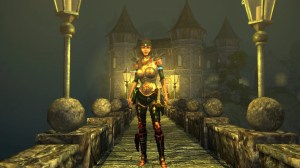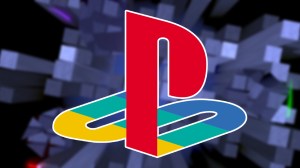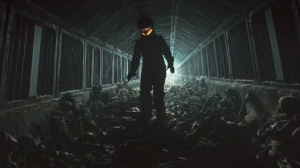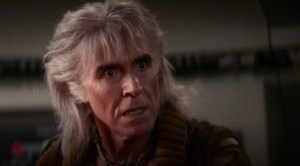
Out today from Double Take Comics, fans can buy physical or digital copies of the third issues of ten different series set in the world of George A. Romero’s beloved zombie classic Night of the Living Dead.
Videos by ComicBook.com
Assembled by former Marvel chief Bill Jemas, the Double Take universe of zombie comics features titles like Z-Men, which deals with a federal agency assembled by President Johnson to take on the zombie threat; Rise, which follows Barbara after the events of the original film; and Home, which deals with the dynamics of trying to keep your family safe in the zombie apocalypse.
Jemas recently spoke briefly with ComicBook.com about the massive launch, which has already spawned plans for a big-screen adaptation of Z-Men, and what it means for both Double Take and the Night of the Living Dead franchise going forward.
How did you put together the creative teams on these titles?
We kissed a lot of frogs. We reviewed thousands of samples tried out hundreds of writers and artists and found a handful of people with a passion for our stories. But we found ourselves short on writers – just 4 (Brian Finkelstein, Colin Mitchel, Jeff Mccomsey’ and Matt Sumo) for the 10 books – and had to innovate. Double take is adding two new roles to the traditional comic-making cast.
First, 2T recruited full-time in-house layout artists – Julian Rowe, Kurt Tiede, Stan Chou and Young Heller. These are the principal story-tellers in our universe – working from very rough creative briefings; they bring each scene to life. Then, 2T searched for and found some of America’s finest oral story tellers – mostly Moth Story Hour – Grand Slam Winners – people who tell true stories live on stage: Brad Lawrence, Mike Soviero, Jennifer Sodini, Michaela Murphy, and Frank Ortega. These writers agreed to let us weave their own true stories into the dialog of our comic stories.
We got lemons, we made lemonade.
How hands-on are you in the creative process?
Way more than I’d like to be. Ideally, in time, the team will learn to do what I do and I can take it a lot easier.
How far ahead are you guys, in terms of scheduling?
We are so far behind it’s sad. So I keep tossing out the schedule. Much better to do better books a bit late that badder ones right on time.
What went into the decision to make each month’s worth of books available available as a box set at comic shops and Barnes & Noble?
Binge-reading a 10 books turns out to be a lot more fun than reading one or two at a time a month or two apart.
What went into the decision to do the lettering the way it’s done, with a more computerized look rather than traditional comics lettering fonts?
Our digital have a surprisingly successful animated effect. We found that placing the words in a consistent place at the bottom of each panel makes the effect work better.
Our print versions feature these wonderful oral stories, our lettering techniques there make the stories easier – more fun – to read.
When you were developing the series, did you know you were going to be pitching the films right away?
Yes, I believe comic characters and stories as the hubs of a larger media and merchandising wheel.
In fact, some of our stories – Dedication, Remote and Spring in particular – were designed to be producible as high-quality, low-budget films.
In this world of interconnected film universes, would the ideal world be that a number of these get made once Z-Men has come and gone in theaters?
We may find that one or more of the lower-budget films leading the way [before Z-Men].








